In an effort to meet net-zero targets, India plans to build a large fleet of small nuclear reactors to power hard-to-decarbonize industries like steel and cement.
During her budget speech in July, Finance Minister Nirmala Sitaraman unveiled plans to develop the 220-megawatt Bharat Small Reactor (BSR) in partnership with private industry. Then in late August, Amit Sharma, CEO of Tata Consulting Engineers, told local media that the company was collaborating with the Department of Atomic Energy (DAE) on the BSR project, with plans to deploy 40 to 50 of these new reactors over the coming decade.
The reactors will be a redesigned version of India’s 220-MW pressurized heavy water reactor (PHWR), which has been in operation since the early 1980s. The program came about following requests from domestic heavy industries looking for ways to reduce their climate impact, says Anil Kakodkar, former chairman and current member of India’s Atomic Energy Commission.
“Industry players have been expressing a lot of interest in having a captive nuclear power plant for their use,” Kakodkar says. “Sensitivity about carbon emissions has gone up, and companies whose emissions are hard to abate are particularly conscious of it, because it’s going to hurt them if they cannot bring down the carbon footprint of their products.”
Industry turns to small nuclear reactors
Diminutive reactors have become fashionable in recent years, with the global nuclear industry promoting “small modular reactors” (SMRs) as a cheaper and safer alternative to large nuclear power plants. With capacities below 300 MW and a standardized, modular design that allows the bulk of the reactor to be prefabricated in a factory, SMRs are billed as quicker and less expensive to build. Developers also frequently claim they will be safer than previous generations of nuclear reactors.
Despite the supposed benefits, the idea hasn’t yet translated into real-world deployments. Last year the first planned SMR in the United States was cancelled due to rising costs and lack of customers.
But India’s BSR program has little in common with SMRs being developed elsewhere, says Kakodkar. Most of the world’s SMR projects involve designing brand new reactors, which is inevitably expensive and can lead to unexpected setbacks and delays. India’s BSR program differs in that it is simply an update of the already mature 220-MW PHWR technology, of which there are already 14 units operating at five sites around the country, says Kakodkar. (India also has an SMR development program.)
“In terms of capital cost per megawatt, [PHWRs] are very competitive,” Kakodkar adds. “And in terms of safety, some of these reactors have, in fact, made a world record at times for longest uninterrupted operating run. Their performance has been excellent.” A 220-MW reactor at India’s Kaiga power station held the world record for the longest run until 2020.
BSR reactors to reduce carbon emissions
In…
Read full article: India to Build Small Nuclear Reactors for Net Zero Targets

The post “India to Build Small Nuclear Reactors for Net Zero Targets” by Edd Gent was published on 09/19/2024 by spectrum.ieee.org










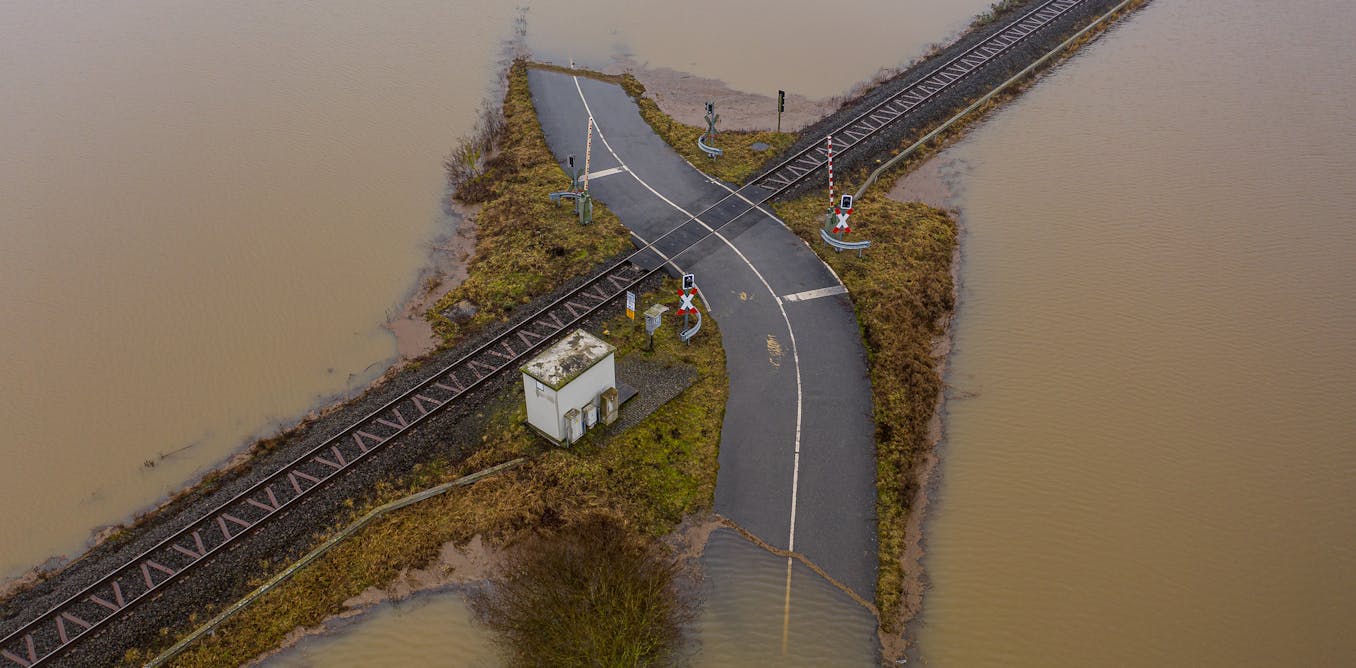
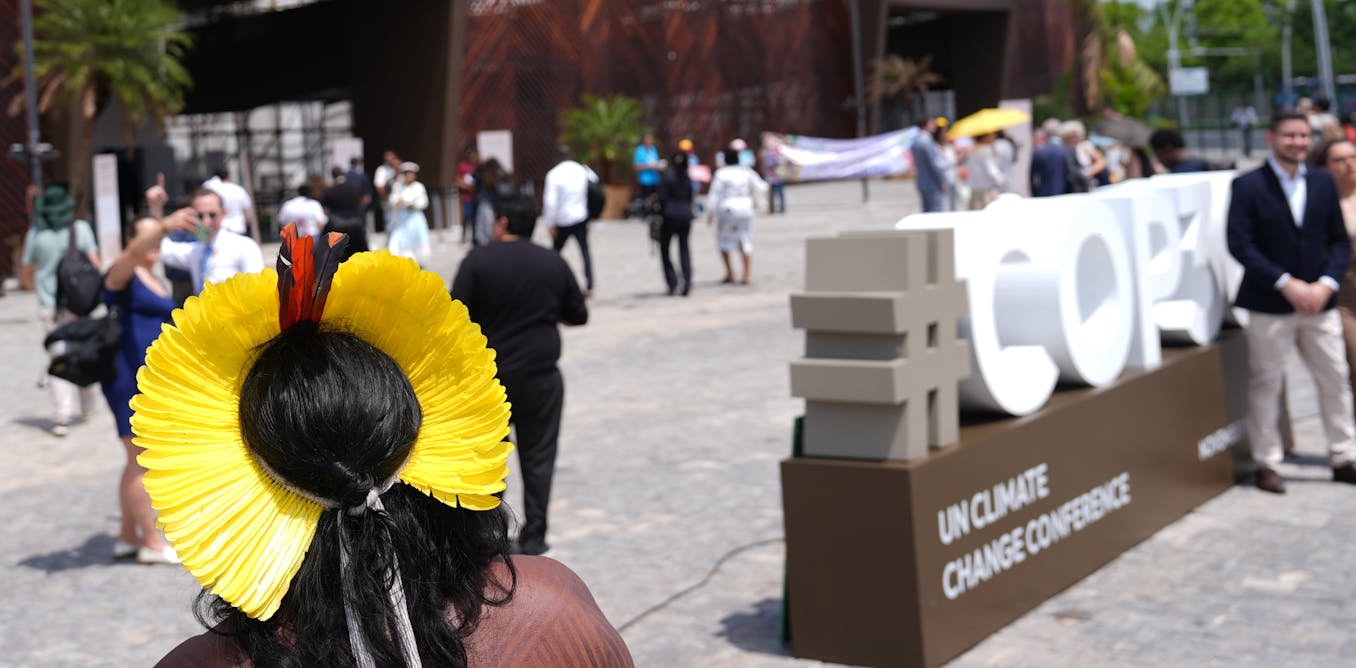
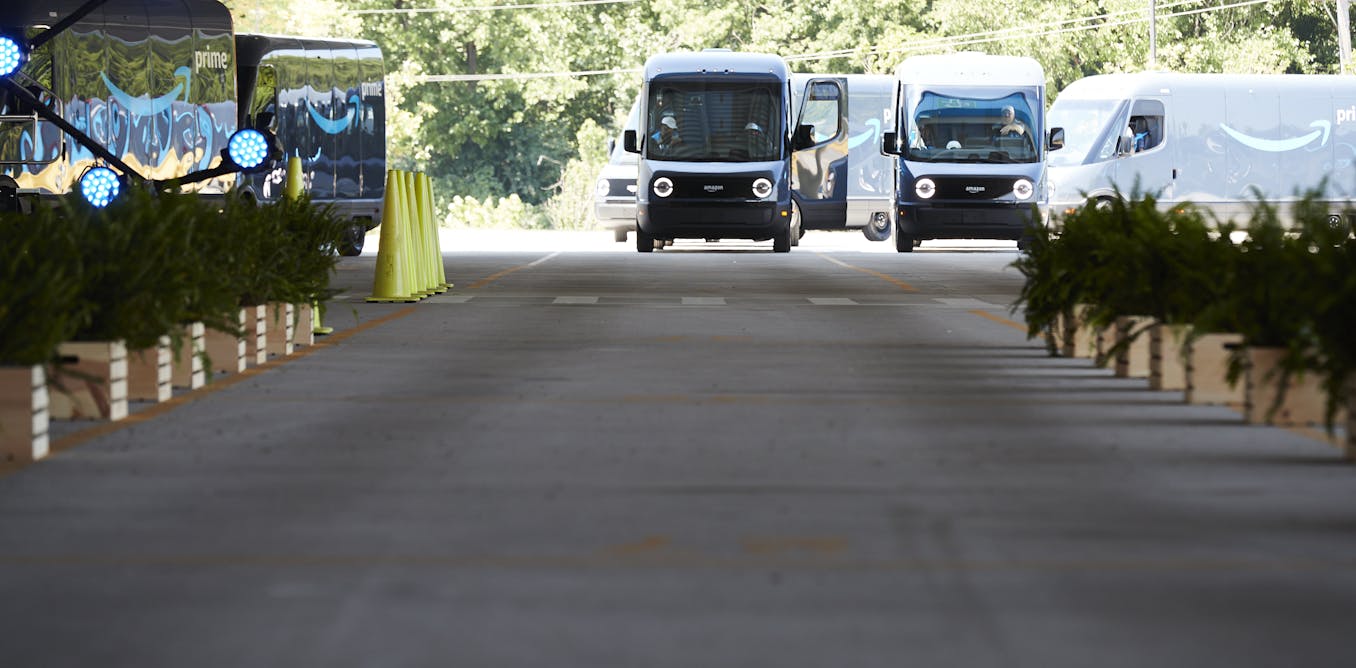
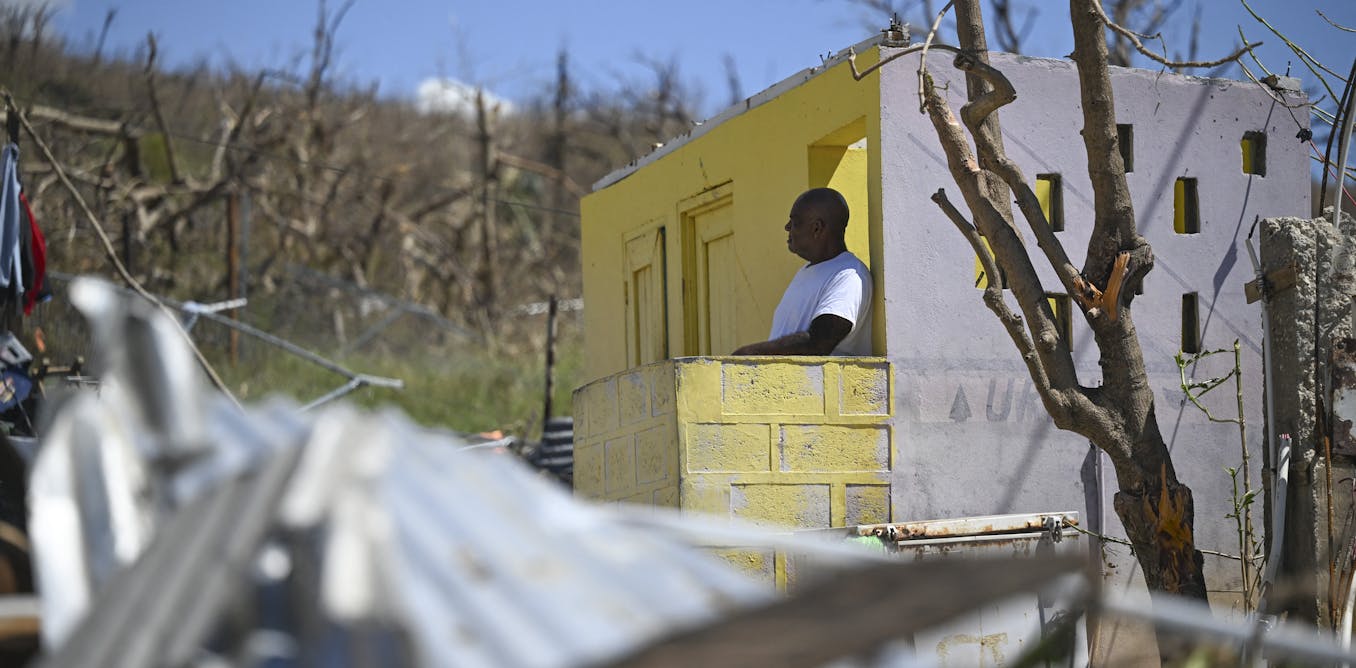

















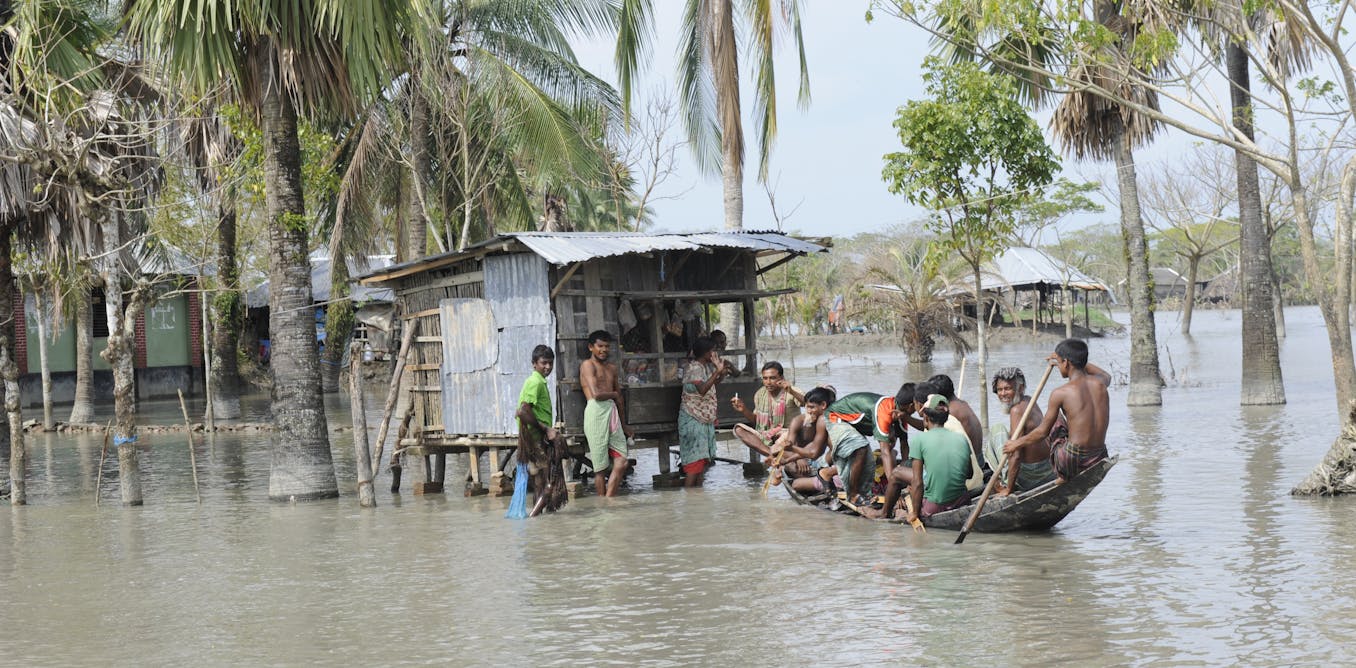
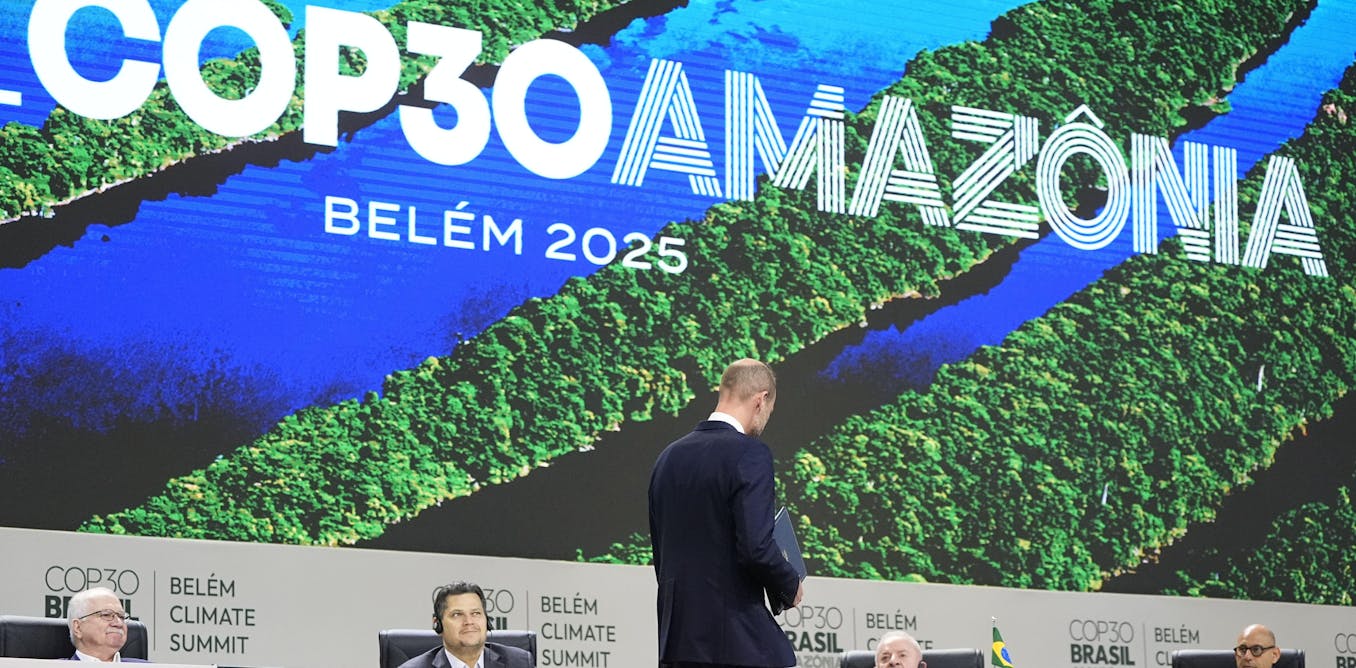
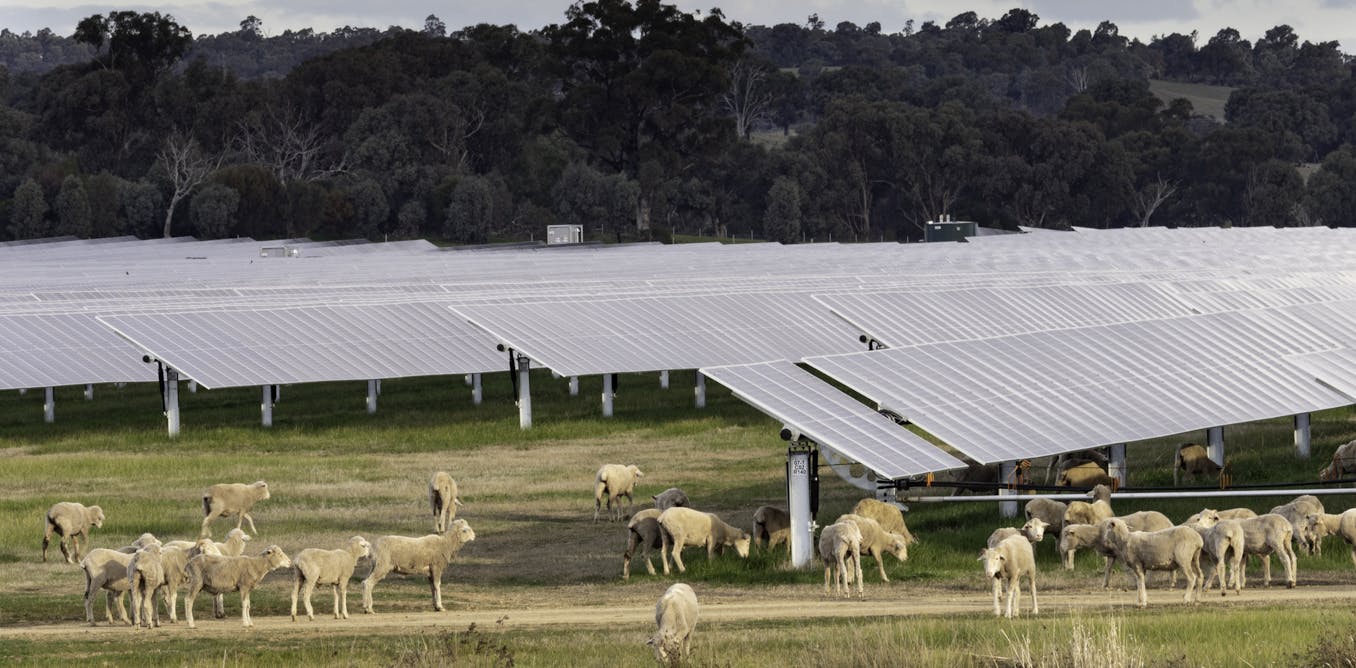


Leave a Reply